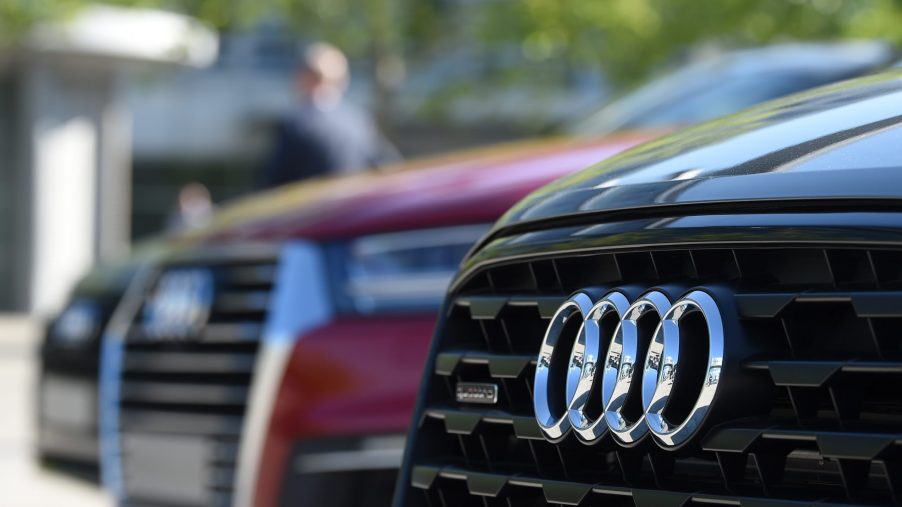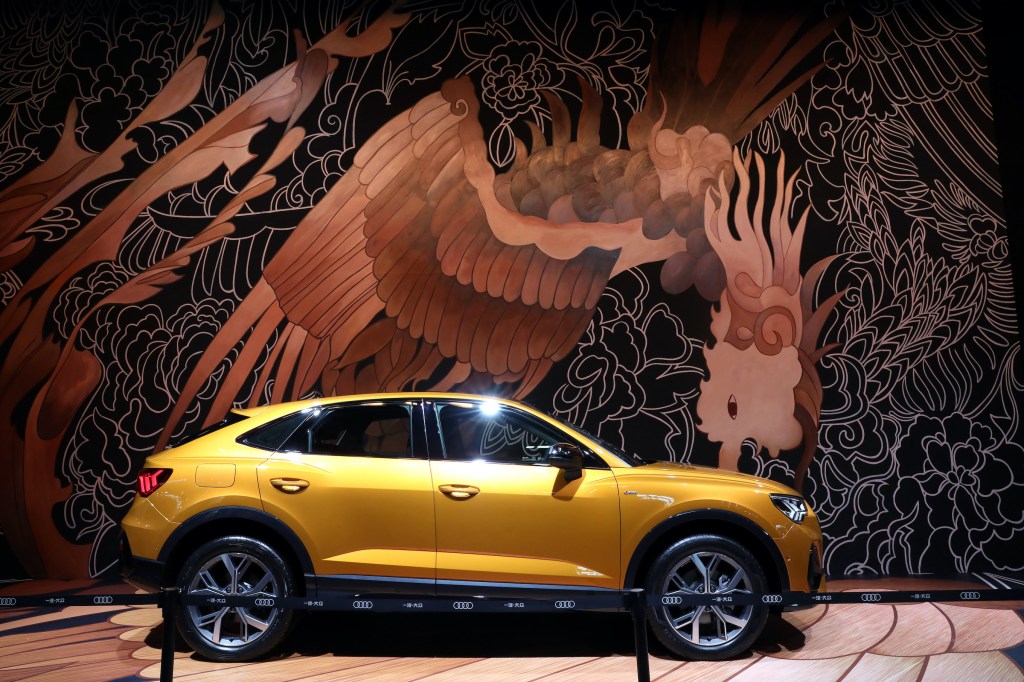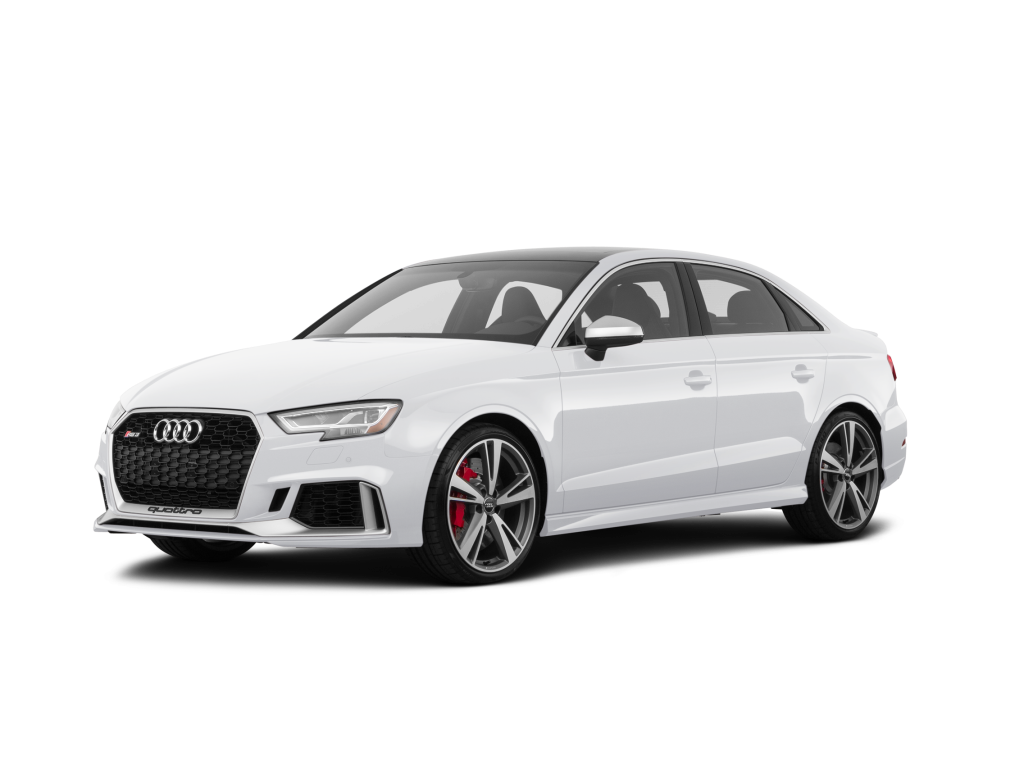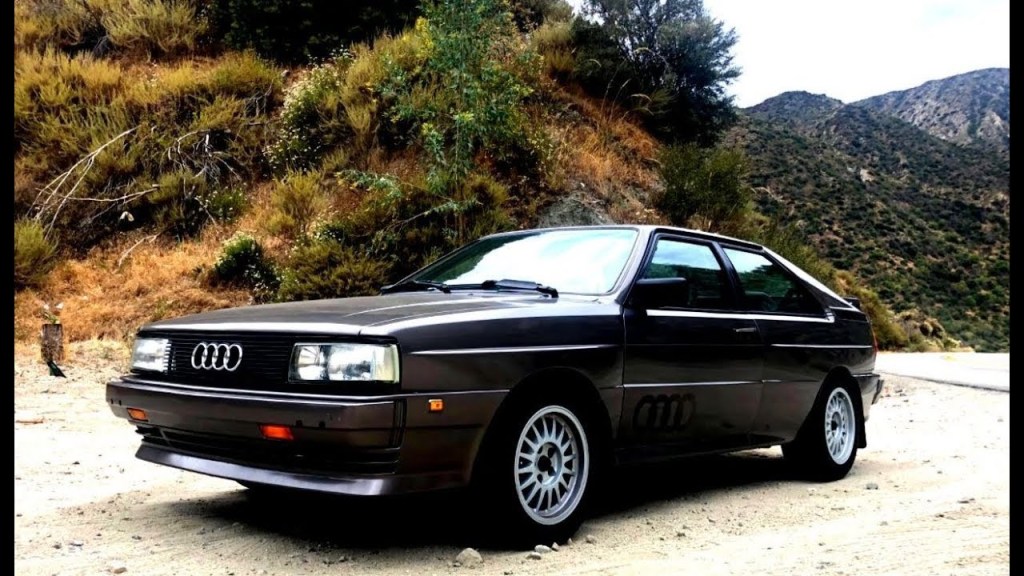
Is Audi a German Car Company?
The Audi brand is known for producing stylish luxury cars and SUVs that prove themselves in terms of performance. In fact, thousands of people each year spend their money on one of these German luxury cars or an Audi SUV. But what is the history of Audi? Who owns this car company these days? Is Audi a German car company?
Other benchmark luxury brands like Mercedes-Benz and BMW also have German roots. In addition, German cars are well-known for luxury and performance. In addition, they have become a symbol of success on American roads. Let’s go into a little bit of Audi history to learn some more about this German auto group.
What does Audi mean?
The name Audi comes from the surname of its founder. It’s a Latin translation from the nam of a man called August Horch. It’s the German word for “listen!” according to Yeovil Audi. However, Audi comes from a merger of several other companies that came together to form the Auto Union.
“Horch”, meaning “listen” in German, becomes “audi” in Latin. The four rings of the Audi logo each represent one of four car companies that banded together to create Audi’s predecessor company, Auto Union.
Wikipedia | Audi

According to the Audi Wikipedia page, Audi Automobilewerke formed following the merger of companies Horch, DKW, and Wanderer. This took place in 1932. Today, the Audi headquarters are in Ingolstadt, Germany. According to Yeovil Audi, “Auto Union GmbH was established in Ingolstadt on September 3rd, 1949 following a series of changes as WWII came to an end.”
The car company contributes several models to what we think of as a German luxury car segment. Today, in answer to the boom in popularity, there are many Audi SUVs on the market as well. All of today’s Audi models likely trace DNA back to an AWD performance car that’s decades old.

What is the Audi Quattro?
The Audi Quattro is one of Audi’s most famous flagship vehicles. In 1980, the German luxury car company debuted the Audi Quattro at the Geneva Motor Show. According to Yeovil Audi, this AWD sports coupe was the first of its kind. It paved the way for Audi’s lineup to become what it is today.
The worldwide success of the vehicle had a massive impact on the entire industry. Still today, more and more cars are released with available AWD systems. In fact, this performance car that gets power to all four wheels is one of Audi’s greatest contributions to the auto world.

It is owned by Volkswagen?
Back in 1958, Daimler-Benz AG acquired Auto Union GmbH on April 24th. However, this ownership only lasted until 1965. During that time, Auto Union remained a subsidiary owned entirely by the Stuttgart-based Daimler Group.
Eventually, Volkswagenwerk AG stepped in. In December of 1964, Volkswagen acquired the majority of Auto Union shares. By the closing of the 1966 business year, Audi was a subsidiary owned entirely by the Volkswagen auto group.
Then in 1969 Auto Union and NSU Moterenwerke––both subsidiaries owned by Volkswagen––united and became the Audi NSU Auto Union AG. In fact, this subsidiary is still owned by Volkswagen today. And yes, it is a German car company. Both the Volkswagen and Audi car companies have headquarters in Germany. They are both producers of German luxury cars and offices all over the world promote the sale of popular models like Audi Suvs.



